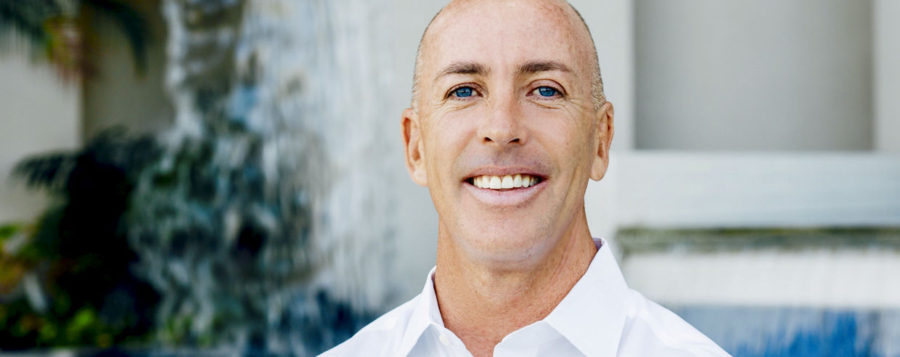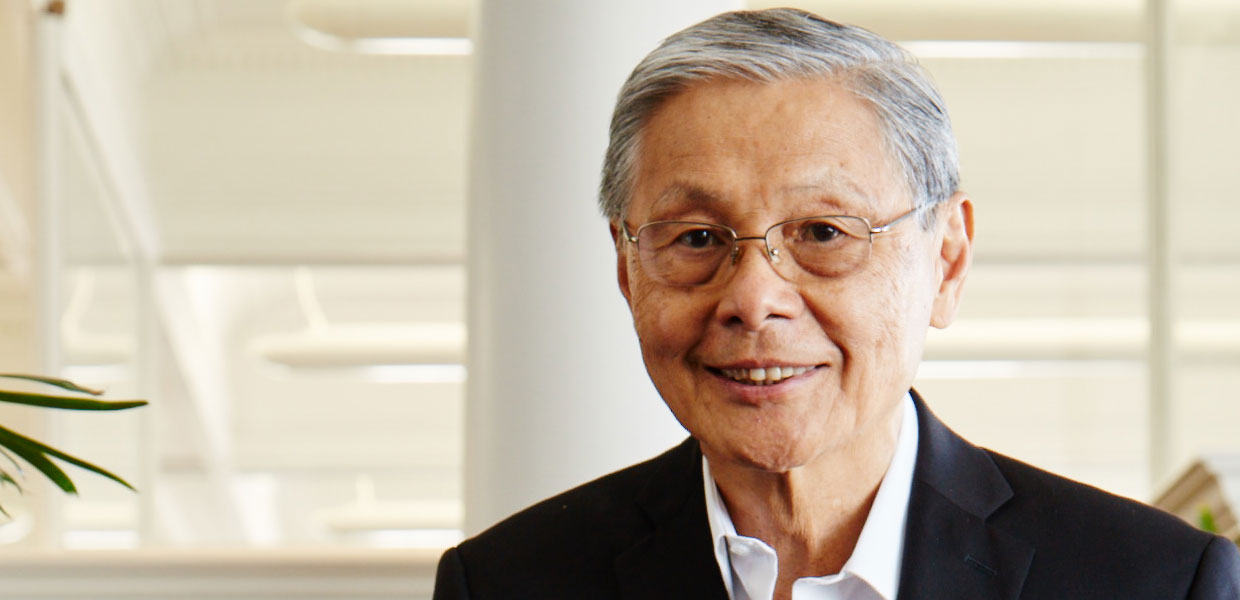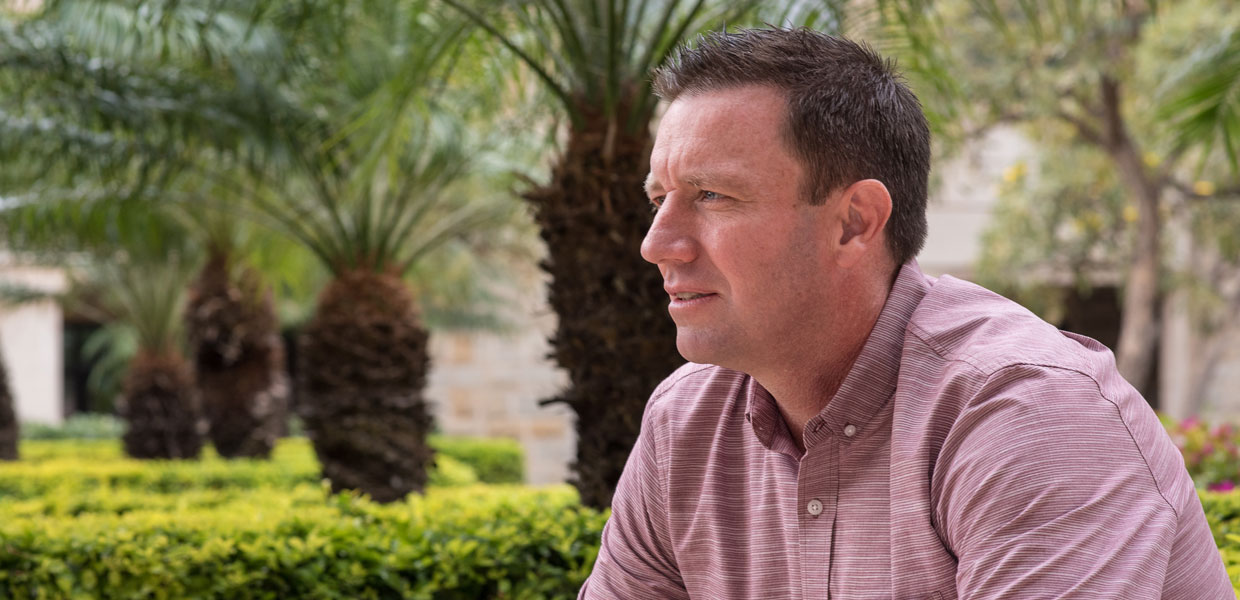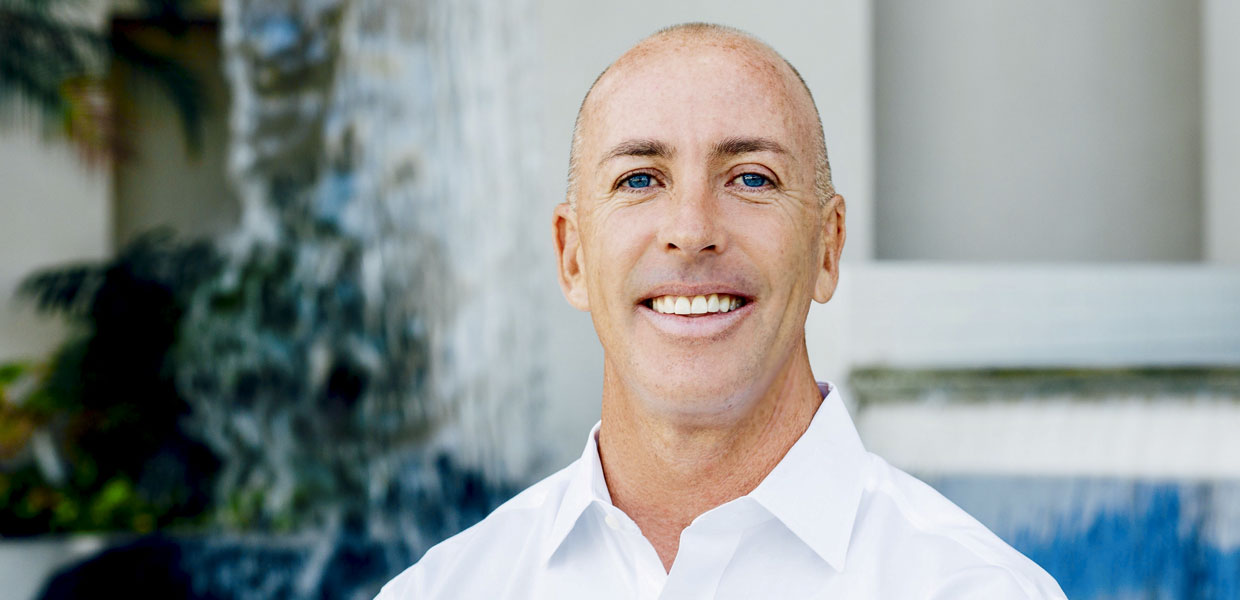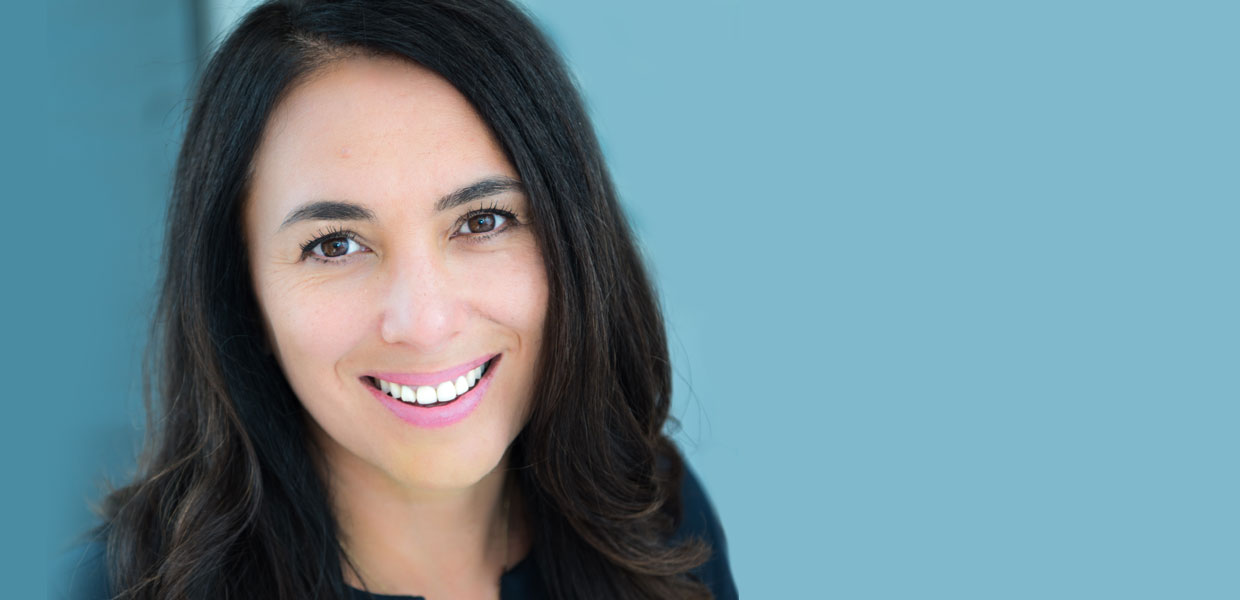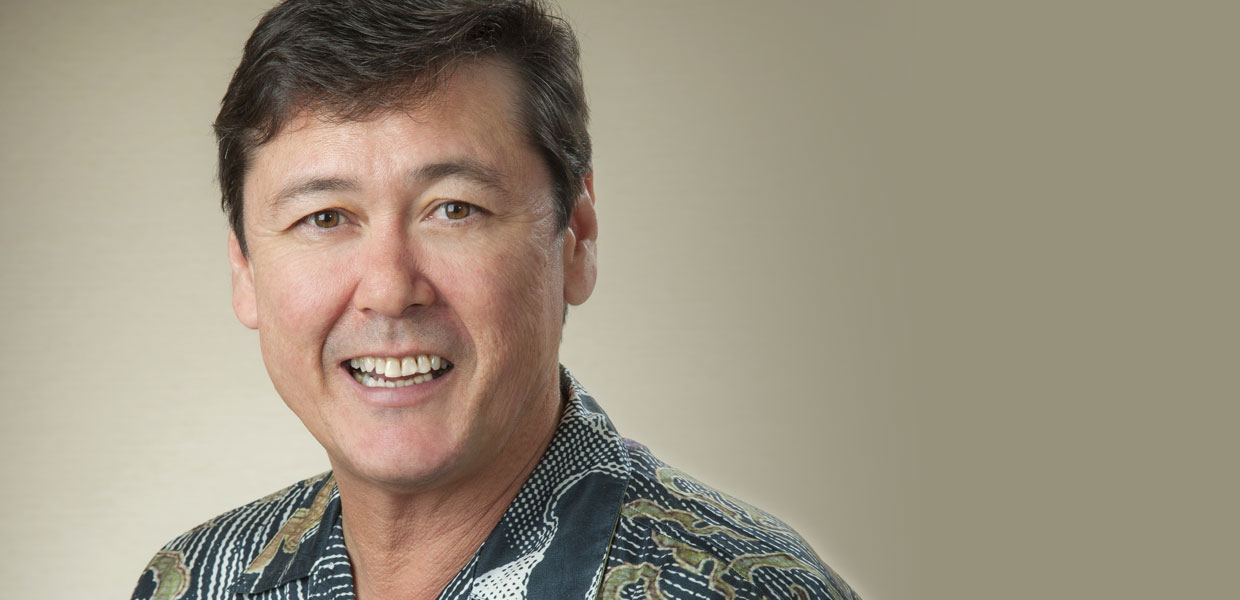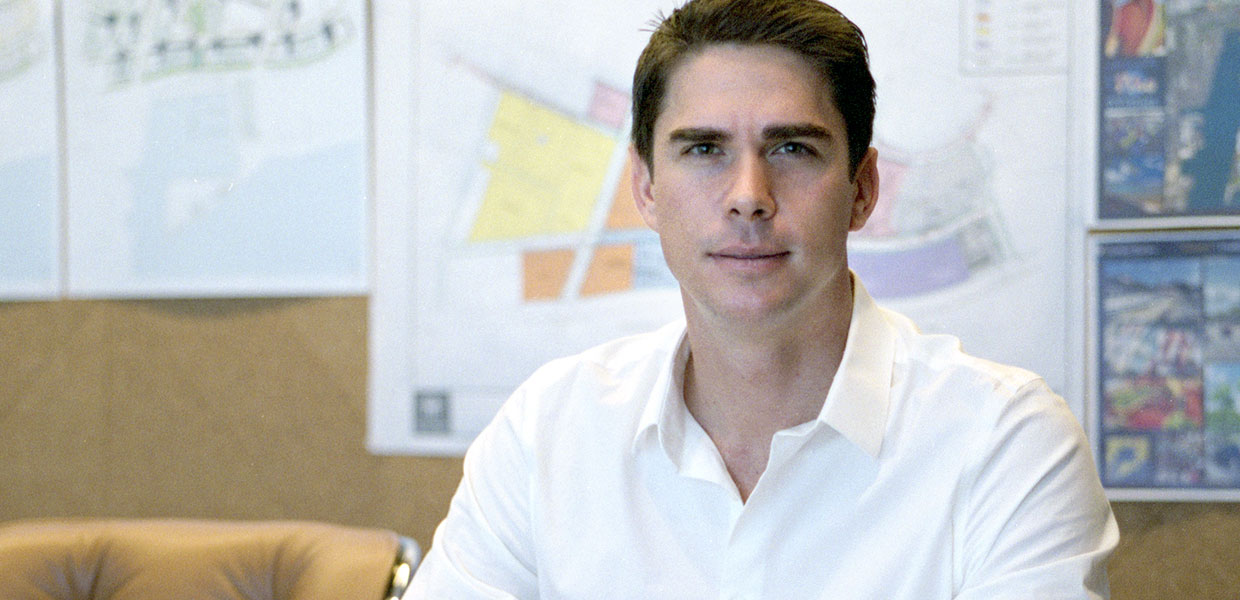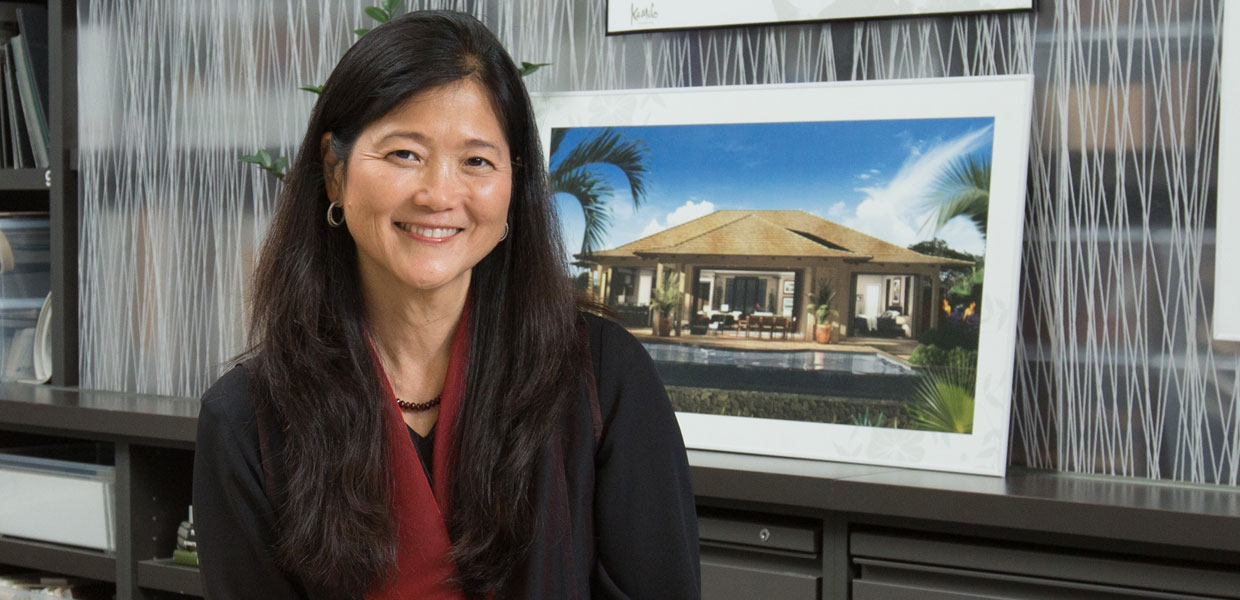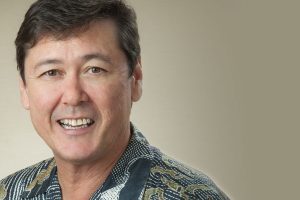How does the market in Hawai‘i differ from other markets you’re invested in?
The main challenge in Hawai‘i really is cost. Costs are close to double of what you’d expect in other locations, so that in itself means you have to invest very, very wisely. There’s also a smaller resource pool for talent here, you generally are paying a higher price for labor and design talent. These all contribute to making Hawai‘i a challenging place to develop.
There’s certainly a high return in Hawai‘i, but there’s also a higher cost of initial purchase of assets as well because of that, so you still have to be very smart in how you invest in each of those properties after you’ve bought them.
What else does it take to succeed in Hawai‘i in this business?
Resilience and a local network you can trust. I think there’s a lot of value to bringing a project to ground in Hawai‘i by using local companies, whether that’s local designers or local contractors. That’s really key for us to deliver well here.
What’s the Trinity Investments calling card? Is there something you’re known for?
Bringing in local art is something we are really focusing on going forward. We want to see that every project has a distinct identity, which we’re bringing forth through local Hawaiian art.
We really set about doing that cultural research, understanding the history of the property throughout its time there and then layering in a sense of place. A lot of these properties have been operating for sometime, so they have a history in themselves. We’re really proud that a lot of how we got there was storytelling through design. You need to be able to tell a very authentic story of the culture in Hawai‘i that’s specific to the place.
What industry trends do you see unfolding in Hawai‘i?
Hotels are really focused on enhancing guest amenities, particularly in the external areas. They’re really bringing focus back to that great resort pool experience that’s geared toward wellness and the outdoor environment.
Westin Maui is a good example of that. It’s one of the leaders in Ka‘anapali for having that great resort pool experience, so we want to keep that active, lively family experience but add this other dimension of sophistication and tranquility. Providing a diverse range of experiences and environments within the hotel experience is really important.
Where do you see the market headed?
Hawai‘i’s success as a destination has had a lot to do with its proximity, accessibility and relative safety. It’s great to see renewed investment in the actual quality of the product. We need to make sure we don’t lose our competitive edge by not focusing on improving the quality of the resort product that we have here. There’s going to be a lot of properties that need to lift their game.
How is Hawai‘i doing on that front?
It’s one hotel at a time. The competitive nature of hotels is that if you have a hotel in your competitive set that’s going through renovation, it really encourages everything to move forward. Now that these competitors in the market are pushing a higher product and a better product, you need to get in line and invest in your product.

